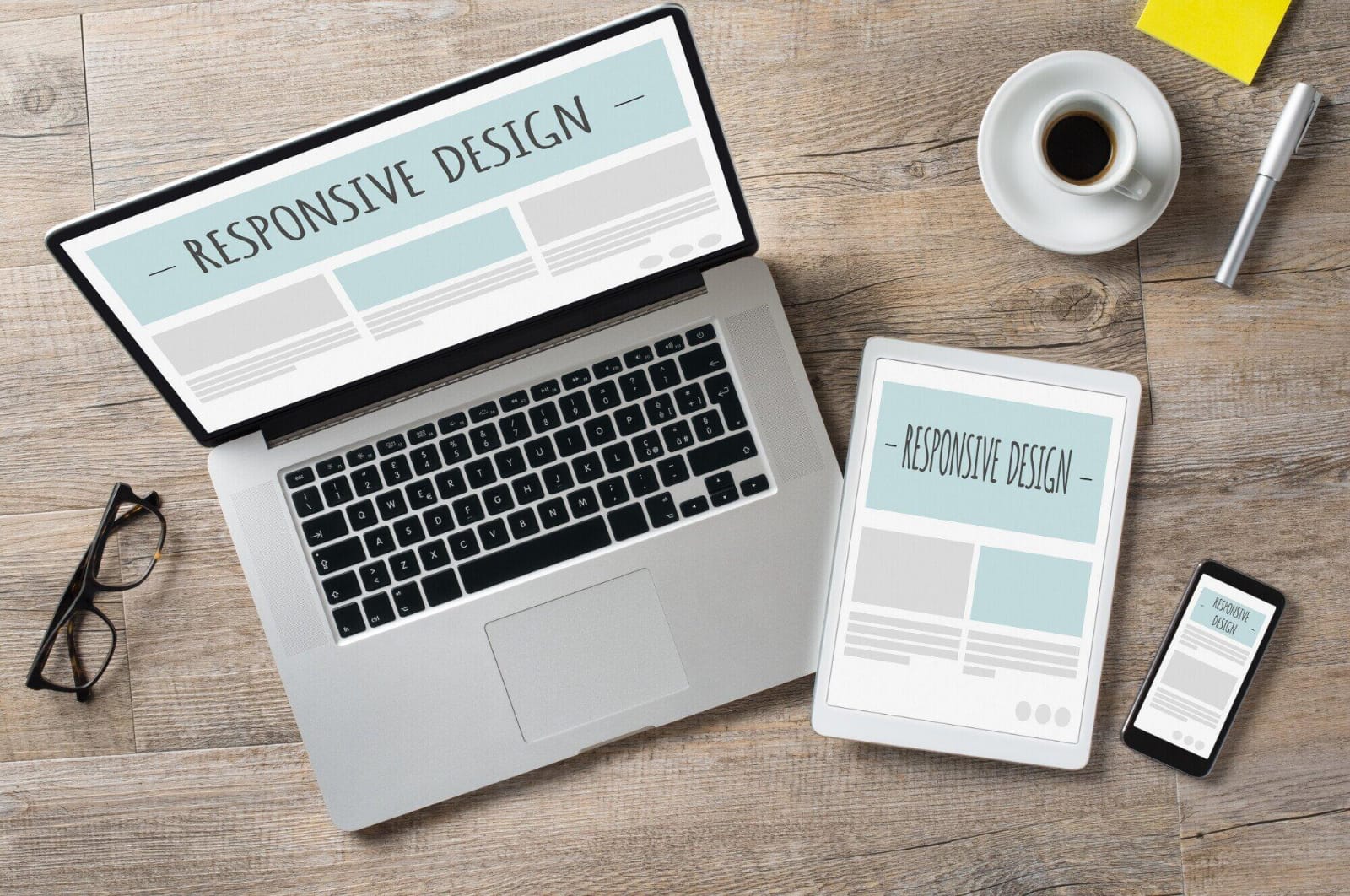Upgrading your website with WordPress is a powerful way to enhance your online presence. Whether you’re running a small business, a blog, or an e-commerce site, WordPress offers the tools and flexibility to modernize your site, making it more user-friendly, visually appealing, and SEO-optimized. In today’s digital landscape, having a sleek, responsive, and secure website is essential for attracting and retaining visitors
Here’s why and how you should consider using WordPress for your website upgrade.
Why Upgrade Your Website?
An outdated website can negatively impact your business, as users today expect modern, fast, and mobile-friendly sites. If your site looks old or runs slowly, visitors are likely to leave quickly. Updating your website can significantly increase user engagement by keeping visitors on your site longer with a fresh design. It can also boost your SEO, as search engines prefer updated, well-structured sites.
Additionally, improving your website’s mobile experience is crucial, given that many users browse on their phones. Finally, upgrading to newer platforms enhances security, offering better protection against cyber threats.
Why Choose WordPress?
WordPress powers over 40% of all websites on the internet, and it’s easy to see why. It is user-friendly, making it accessible even for those who aren’t tech-savvy, with an intuitive and straightforward interface. The platform is highly customizable, offering thousands of themes and plugins that allow you to tailor your site to meet your specific needs.
Steps to Upgrade Your Website with WordPress
Following the right steps ensures success. Here are some things you need to follow:
Assess Your Current Site
Before upgrading, evaluate your current site. What works well? What needs improvement? Make a list of features you want to keep and changes you need to make.
Back-Up Your Existing Content
It’s crucial to back up your current website content. This ensures you don’t lose any valuable information during the upgrade process.
Set Up a WordPress Site
You can install WordPress through your hosting provider. Many hosts offer one-click installations to make this process easy.
Choose a Theme
Your theme determines your site’s look and feel. WordPress offers both free and premium themes. Choose one that fits your brand and is mobile-friendly.
Install Essential Plugins
Plugins extend the functionality of your WordPress site. Some must-have plugins include:
- Yoast SEO for optimizing your site’s search engine presence
- Jetpack to improve site performance and security
- WooCommerce if you plan to run an online store
Migrate Your Content
Transfer your existing content to your new WordPress site. WordPress makes it easy to import content from other platforms.
Optimize for Speed and SEO
Make sure your site loads quickly and is optimized for search engines. Use caching plugins like W3 Total Cache and image optimization plugins like Smush.
Test Your Site
Before going live, thoroughly test your site. Check for broken links, ensure all forms work, and verify that your site looks good on all devices.
Launch and Promote
Once everything looks great, it’s time to launch. Announce your new site on social media, send an email to your subscribers, and consider running ads to drive traffic. If you need help, consider working with experts like this UK based WordPress agency.
Having a Website Upgrade
Upgrading your website with WordPress can dramatically improve your online presence. With its user-friendly interface, customizable options, and robust support community, WordPress is an excellent choice for businesses of all sizes.
Ready to take your website to the next level? Start your website upgrade today to enhance website functionality!
For more topics related to this article, check out the rest of our blog!

